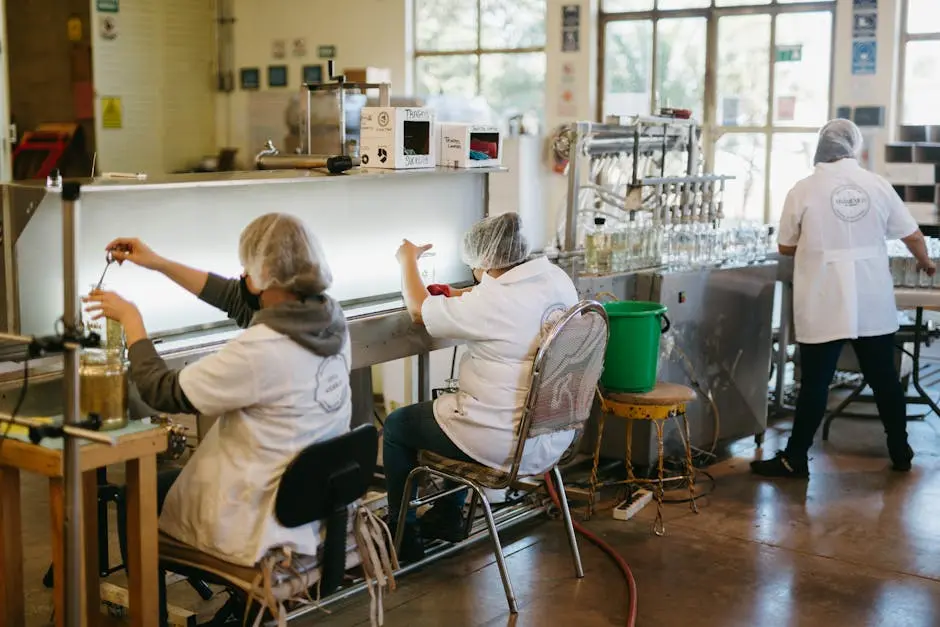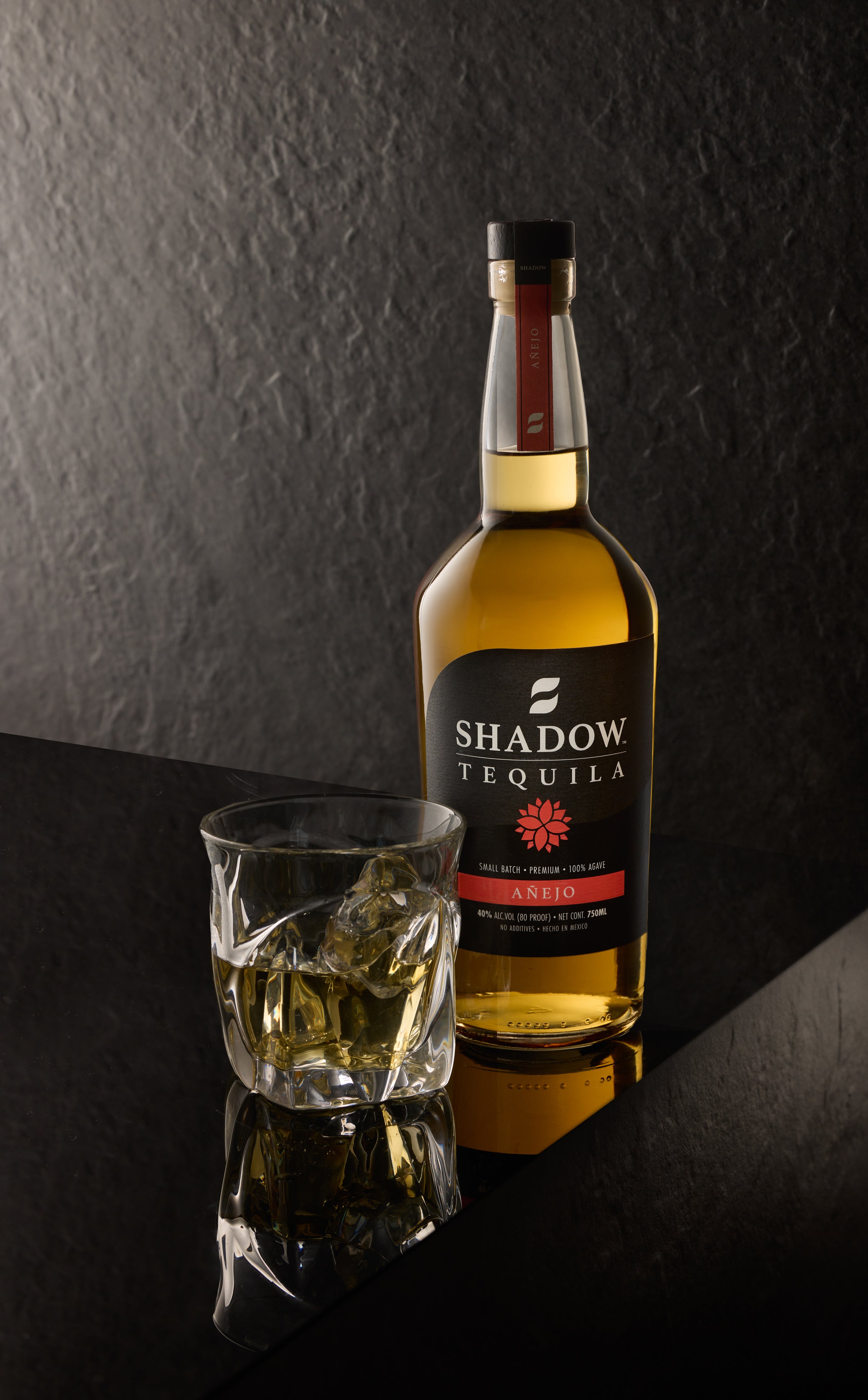Shadow tequila is a unique spirit with a smooth flavor and intriguing production process. In this blog, we’ll explore how this special tequila is crafted, revealing the steps involved in creating its distinctive taste. From the agave plants to the final bottle, we’ll take a closer look at what makes shadow tequila stand out.
Step 1: Selecting the Right Agave
The journey of shadow tequila begins with selecting high-quality blue agave plants, known for their natural sweetness and flavor complexity.
Choosing the right agave is essential. This plant takes about 7 to 10 years to mature, allowing it to develop optimal flavor profiles that are crucial for tequila.
Growers look for plants that are healthy and plump, as the health of the agave directly influences the quality of the tequila. It’s a commitment to quality that reflects in every sip.
Step 2: Harvesting the Agave
Harvesters, or ‘jimadores,’ expertly cut away the leaves of the agave to extract the heart, or ‘piña,’ which is the part used for fermentation.
This skilled task requires a deep knowledge of the plant. Each jimador understands when a piña is at its prime to ensure the best flavor is captured.
The harvesting process is not just about cutting; it’s an art form that respects the agave’s growth cycle, aiming to minimize waste and maximize flavor potential.
Step 3: Cooking the Piña
The extracted piñas are then cooked in traditional ovens or autoclaves, which transforms the starches into fermentable sugars, a crucial step for flavor development.
Cooking breaks down the complex carbohydrates present in the piña, making the sugars accessible for fermentation. This process can take anywhere from 24 to 72 hours.
Different cooking methods impart varying flavors. Traditional ovens slow-cook the piñas for a fuller, richer flavor, while autoclaves provide a quicker, more controlled process.
Step 4: Fermentation Process
Once cooked, the piñas are crushed and the extracted juice is fermented with natural yeast, converting sugars into alcohol while creating the base flavor profile.
Fermentation is where magic happens. As yeasts work their magic, the developing alcohol starts to showcase the unique characteristics that will define the shadow tequila’s profile.
This step can take several days, and patience is key. The temperature and environment must be monitored closely to ensure a successful fermentation.
Step 5: Distillation
The fermented liquid is then distilled, usually twice, to increase purity and concentrate the flavors that will define the final product.
Distillation not only refines the alcohol but also enhances the aromatic nuances inherent in the agave. This stage is essential for achieving the spirit’s signature smoothness.
Some tequila enthusiasts prefer a third distillation for additional purity, a choice that often leads to a lighter flavor, while others embrace a more robust taste with fewer distillations.
Step 6: Aging the Tequila
Shadow tequila is typically aged in oak barrels, where it picks up rich flavors and smoothness, contributing to its unique character.
The aging process can last anywhere from a few months to several years, depending on the desired flavor profile. Longer aging often results in more complexity.
During this time, the tequila absorbs compounds from the wood, leading to deeper caramel and vanilla notes that enhance its overall character.
Step 7: Bottling and Enjoying
Finally, the tequila is filtered, bottled, and ready to be enjoyed. Each step in the process plays a vital role in the final taste and experience of shadow tequila.
The bottling stage is where all the painstaking efforts culminate. This is the moment each artisan and producer looks forward to – seeing their creation come to life.
When you pour a glass of shadow tequila, remember that you are sipping on a product of dedicated craftsmanship, from the agave field to your glass, perfect for savoring on its own or incorporating into cocktails.
In Summary
Shadow tequila offers a fascinating glimpse into the art of tequila-making. Its unique characteristics come from a careful selection of agave and dedicated craftsmanship. Whether you’re a tequila enthusiast or just curious, understanding the production process enhances your appreciation of this remarkable spirit.







